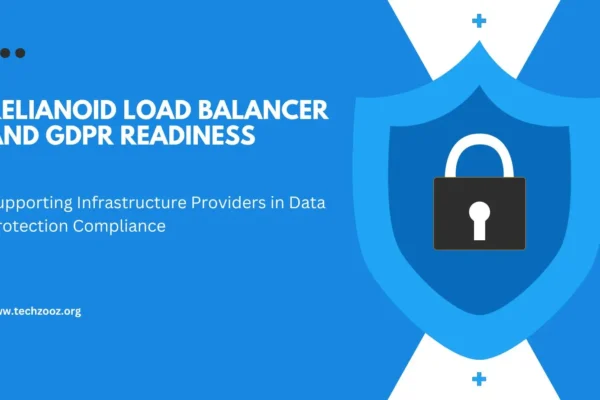
How to Use a Green Screen Backgrounds
How to Use a Green Screen Backgrounds: Since the early 1900s, there have been green screen technology. Green screen video shootings may be game-changers when it comes to crafting live-action movies with unique backgrounds.
How to Use a Green Screen Backgrounds
In this blog, we’ll go through how to use green technology for beginners. The very first point to note is that creating a green screen film is really simple these days!
What is a Green Screen?
The purpose of green screens and chroma key is to separate the foreground and background based on colour. When shooting against a green or blue screen, use chroma key tools to combine the subject against a unique background.
A green screen allows you to be creative in ways that shooting on site. Green Screen Backgrounds allows you to replace a green screen with whatever background you like.

Then, in post-production, you may place that scene into the background of your choice by digitally erasing or “keying out” that colour. The process of removing the colored background is also known as “chroma keying.” It is a post-production technique that enables video editors to alter backgrounds and insert film or pictures into their frames.
Why are we using Green Screen Backgrounds?
Because it doesn’t match any natural skin tone or hair colour, it’s simple to remove without capturing any of the subjects in the front. However, if you need to match a lower-light background or have a green object in your project, a blue screen is the ideal option.
5 Tips for How to Use a Green Screen Backgrounds
- Don’t ignore the shadows
- Leave green props and clothing at home
- Depth of field is essential.
- Pay close attention to your lighting levels
- Use a tripod and keep it stable
How to Use Green Screen Software
Are you ready to put your green screen to work? Here’s how to use a green screen:
Many people are impressed by green screen software, but there are easy and effective methods that allow you to save time and create amazing films quickly. It should be noted that there are several types of video editing software available. If you’re just beginning to start, we recommend looking for the most simple and user-friendly software available. The first step is to choose the software that will be used for your green screen video.
Have the perfect lighting
Most beginners believe that if there is enough light on their subject, the green screen would be OK; nevertheless, separate lighting must be put up to illuminate your green screen as well. Otherwise, the image would appear patchy on camera and will be more difficult to key out in post-production. To avoid direct shadows, the perfect lighting configuration will be spread, striking your screen from above. To create the finest effect, you’ll probably need at least two 1000-watt bulbs diluted by a softbox.
Set up your screen
Put the green screen on a frame so it fills the whole backdrop of your shot. Make sure it’s as flat as possible, with no creases or rips. Use an iron to smooth out the creases and wrinkles if the green screen is foldable or has been folded up in storage. If you don’t want to bother with wrinkles, consider purchasing or renting a wrinkle-resistant matte screen.
Film
Once the green screen set is complete, the easy part begins: shooting the scene. Make sure to capture many takes; otherwise, you may not have enough video clips for post-production.
Remove the green screen
So now your footage is done, use your editing software to remove the green screen. There are many various types of editing software available, and each one has a somewhat distinct set of instructions. In general, there will be a button that you can push to erase everything green in the photo, followed by a series of sliders that you can use to further alter and adjust the keying out.
Set up your subject
If the subject is directly in front of a green screen, a greenish colour will most likely reflect from off them, making it more difficult to match the lighting of your subject with the lighting of the background you’ll be adding in production.
The original clip should be edited together
Prior to adding your non-green-screen background, concentrate on editing all of the footage into a rough cut, or, ideally, your final cut. You don’t want to spend hours keying out green screen video just to find out you won’t be utilizing it in the end.
Copy and paste your new background
After you’ve removed the green screen, all that’s left is to put your preferred backdrop picture or background video on a new layer below the subject. Pay attention to the details, adjusting the lighting, sharpness, colour, and other settings to create the most realistic image possible.
Conclusion:
Green Screen Backgrounds within the field of chroma keying; there are endless methods to bring exciting new backgrounds to your projects as long as your lighting is properly set up.
The use of green screen backgrounds in video/film replaces the film’s background with a digital or virtual background. It provides the most natural-looking method of inserting your content into your film.
Since you’ve covered the basics and use cases, it’s clear that how to use green screen backgrounds won’t take you a long time.









